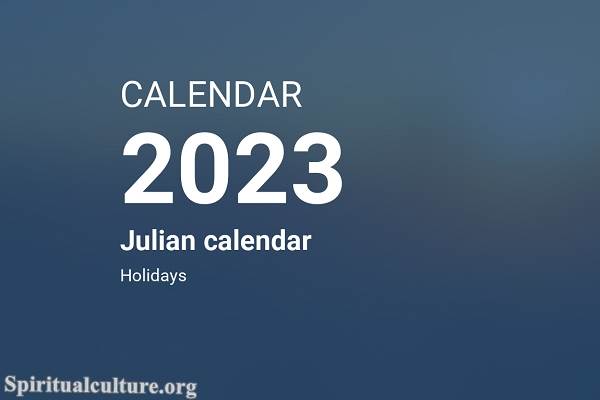We primarily use the Gregorian calendar today. The Gregorian calendar is the calendar that is used nearly universally in international commerce, in the scientific community, and for civil purposes.
The Gregorian calendar was introduced in 1582 by Pope Gregory XIII as a modification of the Julian calendar. It addressed a flaw in the Julian calendar where the calendar year gained about 3 days every 400 years, meaning the observed equinox was drifting from the March 21 date.
The Gregorian calendar corrected this by skipping 10 days – going from October 4, 1582 to October 15, 1582. It also established a rule that century years that are divisible by 400 will be leap years, while other century years will not be leap years. This keeps the Gregorian calendar aligned with the seasons.
Some key facts about the Gregorian calendar:
– It has 365 days in a common year and 366 days in leap years (every 4 years, except years divisible by 100 but not 400)
– It has 12 months, with 28-31 days each
– The current year in the Gregorian calendar is 2024
– It is the main calendar used for secular purposes today globally
Other calendar systems like the Chinese, Hebrew, and Islamic calendars are still used for religious and cultural purposes
So, in summary, the predominant calendar system in use today is the Gregorian calendar, which was introduced over 400 years ago and provides an accurate, consistent method of tracking days, months, and years.


